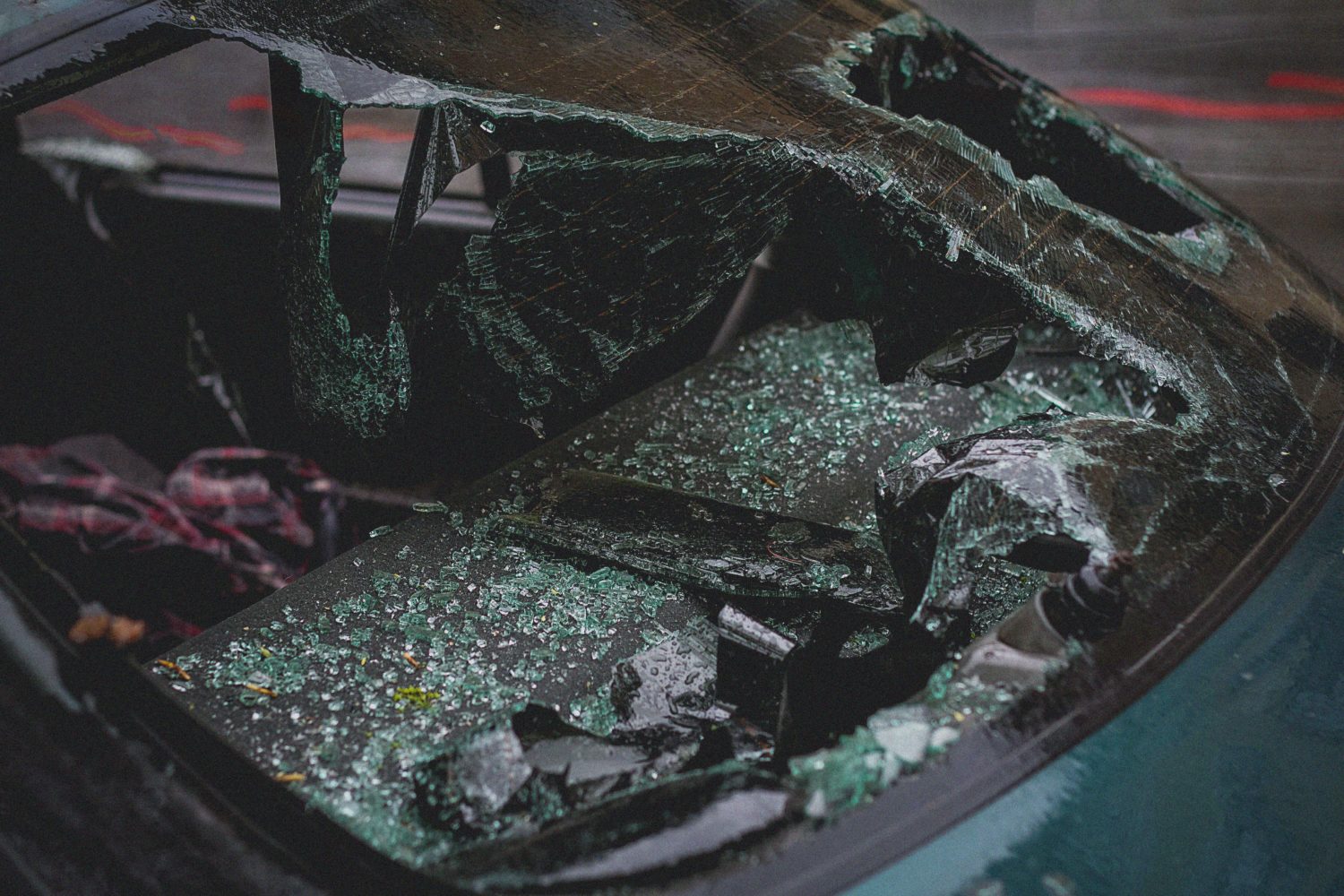Favretto D, Visentin S, Stocchero G, Vogliardi S, Snenghi R, Montisci M
Traffic Inj Prev. 2018;19(8):786-793
Abstract
OBJECTIVE:
The objective of this study was to present the prevalence and concentrations of drugs in blood samples of drivers involved in road traffic accidents (RTAs) and to discuss the effects of adopting different concentration cutoff values proposed or applied in other European countries on the number of driving under the influence of drugs (DUID) offenses.
METHODS:
Blood samples from drivers involved in RTAs in Padova province from 2014 to 2017 were analyzed for the presence of alcohol and drugs. The prevalence of positive subjects was reported for each substance adopting the limits of quantification (LOQs) of our laboratory and the concentration cutoff values proposed and/or used in other European countries. The reduction of cases of driving under the influence of illicit drugs in applying different cutoffs was calculated.
RESULTS:
Four thousand four hundred forty-three blood samples were analyzed: 23.7% were positive for alcohol and 19.9% for psychoactive drugs, with prevalences of polydrug and alcohol-drug abuse of 4.5 and 6%, respectively. The most frequently detected drugs were cannabinoids (9.7%) and cocaine (7.2%), followed by benzodiazepines (4.1%), opiates (1.9%), and other opioids (1.7%). Barbiturates, amphetamines, and ketamine were identified in a much smaller number of cases. The overall decrease in DUID cases when adopting different cutoffs with respect to cases above the LOQs was between 8 and 84%. The adoption of high LOQs such as those used in the European Union’s research project on Driving Under the Influence of Drugs, Alcohol and Medicines (DRUID) decreases the hypothetical number of DUID offenses by a quarter, and per se limits proposed as broadly equivalent to a blood alcohol concentration (BAC) between 0.2 and 0.8 g/L dramatically reduce the cases of DUID (cocaine -81%, cannabis -79%, opioids -97%, opiates -96%, and amphetamines -77%); no ketamine-positive samples were above the cutoff.
CONCLUSIONS:
The implementation of high analytical limits or per se limits based on impairing concentrations in the Italian legislation could result in the prosecution of a much lower number of drugged drivers involved in RTAs, with a decrease from 25% to more than 80% depending on the limits.

